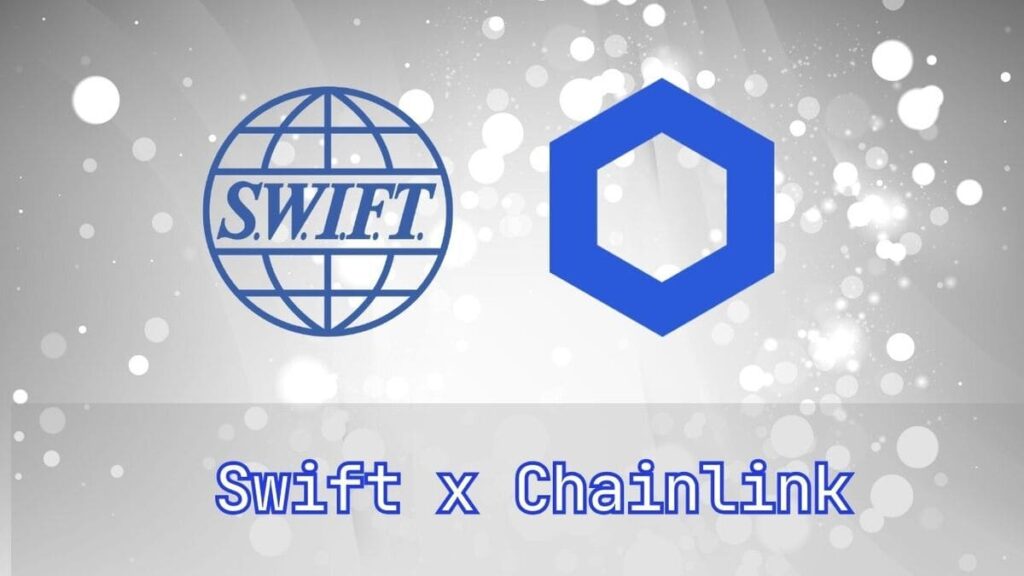TL;DR
- Swift, UBS Asset Management, and Chainlink completed a successful pilot to process tokenized fund transactions using traditional payment infrastructure.
- The initiative, part of the Monetary Authority of Singapore’s Project Guardian, connects over 11,500 financial institutions through Swift.
- Chainlink played a key role in automating the issuance and cancellation of fund tokens, promoting a seamless integration of digital assets into the global financial system.
Swift, UBS Asset Management, and Chainlink have announced a successful pilot that could transform the way tokenized fund transactions are managed.
This initiative is part of Project Guardian, a program driven by the Monetary Authority of Singapore (MAS), aimed at exploring and developing settlement systems for digital assets using the existing payment infrastructure in the financial sector.
https://twitter.com/chainlink/status/1853737573039898806
Through this pilot, the three organizations demonstrated how it is possible to conduct tokenized fund transactions and settle them with fiat payment systems. The applied technology allows more than 11,500 financial institutions connected to the Swift network to manage transactions with a new level of speed and security.
This advancement will be crucial for the global fund market, valued at over $63 trillion, as it addresses several current challenges in traditional fund operations. Conventional methods often face efficiency problems due to the need for manual interventions and a lack of real-time transparency.

Swift and Chainlink: Moving Capital More Efficiently
These problems elevate operational costs and can slow down the movement of capital, affecting liquidity and leading to missed opportunities. With the pilot, the three organizations achieved the automation of the subscription and redemption cycles of tokenized funds, leading to faster, more transparent, and less costly processes. This is made possible through collaboration with Chainlink, whose oracle technology securely integrates Swift’s infrastructure with various blockchains.
Chainlink also played a key role in coordinating real-time transactions, facilitating communication among the different parties involved and automatically managing the process of issuing or canceling fund tokens according to investors’ needs. This ability to optimize transactions and capital flows is fundamental in a digital asset market that demands agility and security.
The use of Swift’s infrastructure stands out for its compatibility with the global financial system, without requiring full adoption of on-chain payments, which facilitates the gradual integration of digital assets into traditional finance.
This advancement has been celebrated by leaders from the three organizations: Jonathan Ehrenfeld of Swift highlighted the importance of linking digital assets with existing payment systems, while Sergey Nazarov, co-founder of Chainlink, expressed enthusiasm for the impact this technology could have on the growth of digital assets and their adoption in the global financial market











